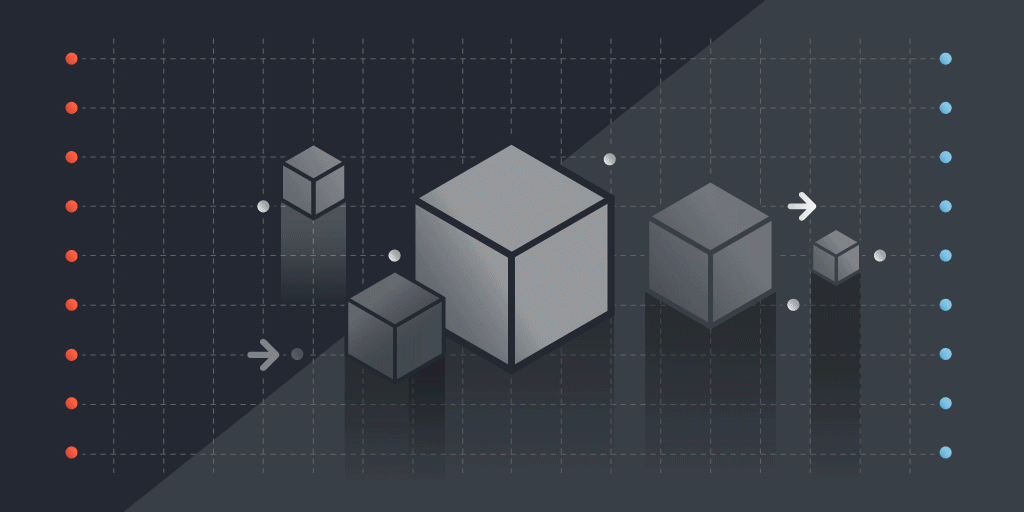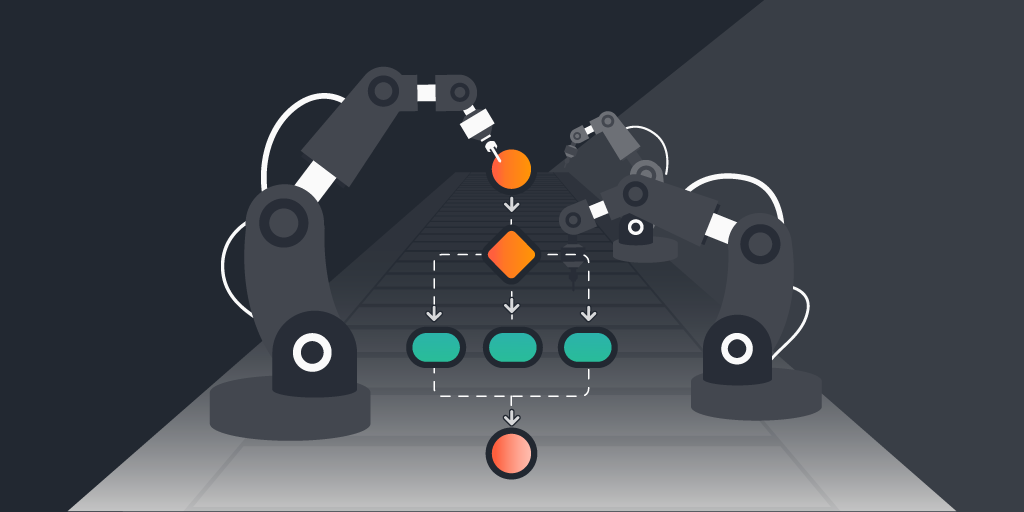
Key Points
- Although ICS/OT engineers and automation engineers’ roles differ their ‘prime directive’ is most often to ensure the safety, reliability, and productivity of operational systems
- Cybersecurity is not always a priority when it comes to industrial automation
- OT asset management is integral to OT engineering as it ensures assets are maintained and used efficiently
- A unified approach to OT/IT asset management provides data about OT assets, IT assets, and infrastructure that helps engineering, maintenance, plant admin, and IT/OT cysec teams complete tasks faster than ever before.
- Cyber security is often the driving force behind IT/OT asset management as it is essential to identify the assets before one can protect them.
- Network scanning techniques designed for IT are known to be problematic in OT/ICS.
Enter the Engineer
ICS/OT engineers design, implement, and maintain control systems that are used in various industrial verticals. Their job is to ensure that the control systems are operating efficiently and effectively to meet the needs of the company. ICS engineers work with a variety of hardware and software components from different OEMs and vendors to design and develop control systems that meet the specific needs of the organization they work for.
Once the control system has been designed, the ICS engineer is responsible for installing and configuring the system components, such as sensors, actuators, controllers, and network devices. ICS engineers conduct extensive testing to ensure that the control systems are working as intended. They also troubleshoot any problems that arise, such as network connectivity issues, software bugs, or hardware failures.
Automation engineers, on the other hand, are responsible for designing, developing, and maintaining automated systems and processes that streamline tasks and improve efficiency. Their main role is to ensure that everything runs smoothly, often deploying tools that can automate repetitive tasks and reduce the need for human intervention.
An automation engineer uses technology to improve, streamline, and automate manufacturing, electricity generation, warehouse distribution, mining, and many other processes to maximize efficiency.
Regardless of the vertical, the engineers’ “prime directive” is most often to ensure the safety and reliability of the operational systems while also optimizing productivity.
Let’s face facts: cybersecurity is not always a priority when it comes to industrial automation.
Why do engineers care about OT Asset Management?
Control system and automation engineers do care about asset management, though in a different way and for slightly different reasons than IT or cybersecurity professionals.
Asset management is an integral part of OT (operational technology) engineering as it ensures that assets are kept in good condition and utilized efficiently, maximizing their potential.
OT Asset Management allows engineers to:
- Safeguard Availability: OT engineers must guarantee that necessary equipment and systems are operable when they’re needed. To accomplish this, they must implement an extensive OT asset management plan that includes regular maintenance and monitoring.
- Minimize downtime: OT engineers can help businesses maintain a healthy bottom line by adopting an effective OT and IT asset management program. This helps reduce the possibility of machine breakdowns and keeps downtime at a minimum, saving both time and budget.
- Optimize Asset Efficiency: Tweak the performance of assets by monitoring their performance metrics and making necessary adjustments to ensure maximum efficiency.
- Improve safety and compliance: Asset management is key to achieving this. Regular inspections and maintenance, as well as compliance with regulatory requirements, must be conducted.
- Schedule maintenance: Proper maintenance of assets is critical for OT engineers to guarantee that breakdowns or other problems don’t occur.
Overall, effective asset management is essential for ensuring the reliability, safety, and efficiency of OT systems. OT engineers are responsible for developing and implementing asset management strategies that align with business goals and objectives, and they play a critical role in maintaining asset inventory and optimizing their performance.
Asset management strategies play a critical role in engineering, but how and where does this meet with IT and cybersecurity?
Asset Management at the intersection of OT/IT
A unified approach to OT/IT asset management yields valuable data about OT and IT assets and infrastructure that helps engineers, maintenance specialists, plant administrators, and IT/OT cybersecurity teams complete tasks much faster than before.
To successfully defend industrial enterprises from threats and malicious actors, a single combined source of truth is vital. With so many heterogeneous software and hardware assets, making this information available to engineers, maintenance specialists, and IT personnel is fundamental to any cybersecurity program that is pursued.
While each team will interpret the data differently, the single pane of view will invariably bring the teams closer together. Aligning OT and IT teams around asset management can be the catalyst to create clear communication and collaboration between the two teams.
Common processes and procedures can be developed for asset management that both OT and IT teams can follow. Clearly defined roles and responsibilities in OT/IT asset management, including who is responsible for asset tracking, maintenance, and disposal, will ensure the teams work together. Will it also ensure that all assets are properly managed and that the overall goal is to minimize the organization’s cyber risk?
Cross-functional training programs can be provided to confirm that all team members understand the asset management processes and tools. Again, this will bring the teams closer together and close any gaps. OT and IT teams can align around asset management and work together more effectively to ensure that all assets are properly managed throughout their lifecycle. This can help improve asset reliability, reduce downtime, and ensure that critical infrastructure is secure and operational.
OT/IT asset management is already an essential tool for engineering, operations, planning, and risk management in many industries. With the increasing complexity of digital industrial automation, asset management has become a necessity for every industrial asset owner and operator.
Cyber security is often the driving force behind IT/OT asset management as it is essential to identify the assets before one can protect them. Accurately determining the network topology, installed hardware, and software product versions is essential for making an effective effort to strengthen the cyber security posture. The asset management system is key to threat hunting, as it provides the “business context” that would otherwise be unavailable to higher-level tools such as SIEM and SOAR.
Why not just extend IT Asset Management?
Asset management has been part of IT professionals’ jobs for many years, so why can’t we use the same tools and platforms in the OT environment?
As we covered in our previous entry, ‘Why is OT inventory more complicated than IT inventory,’ network scanning techniques designed for IT are known to be problematic in OT/ICS environments as there is potential for causing damage to sensitive assets. The architecture, protocols, and processes of OT are distinct from IT.
OT Assets can be rather sensitive. OT network scanning in operational or production environments causes malfunctions or physical damage to machinery. Moreover, OT/ICS systems are designed for real-time operations, thus amplifying the risks of unintended consequences.
IT protocols like SNMP (simple network management protocol) can’t be used to detect most OT assets. To discover these devices, industrial protocols such as Ethernet/IP, Profinet, Modbus, SERCOS, and ControlNet must be used. Unfortunately, these protocols are not often present in a “typical” IT asset management system.
In comparison to IT, operational technology networks have more complex and less homogeneous architectures. Furthermore, it is possible for OT assets to be connected to multiple networks at the same time – further complicating the asset discovery based on IP alone.
All Your IT, IoT and OT – In One Place
The Lansweeper solution is designed for IT/OT asset management. It provides a centralized platform for discovering, tracking, and managing IT and OT assets across an organization.
Lansweeper OT utilizes custom-made discovery abilities to accurately detect and recognize any OT devices and systems, including PLCs, flow meters, card scanners, security cameras, and other equipment that is traditionally managed separately from IT assets.
It will collect and deliver detailed information about each device, including the manufacturer, model, serial number, firmware versions, and more, thus empowering both engineering and IT cybersecurity teams to:
- Plan and manage changes, maintenance, and equipment refreshes
- Enable the remediation of firmware vulnerabilities
- View detailed, complete inventory information for all OT assets.
Building on the foundation of our world-class scanning technology, Lansweeper has been expanding its software sensors by developing a new solution that identifies industrial OT devices from manufacturers such as Siemens, Rockwell Automation, Mitsubishi Electric, and Schneider Electric.
Lansweeper OT is a comprehensive software solution designed to help organizations manage their IT and OT assets more effectively and bridge the gap between engineers, IT, and cybersecurity teams. It provides a range of features and integrations to help industrial enterprises streamline asset management, improve compliance and risk management, and gain insights into asset utilization and performance.
Lansweeper OT enables organizations to create a complete and accurate OT asset inventory along with detailed information about every connected OT device – data that can be added to Lansweeper’s rich datastore of IT and IoT information. Organizations gain a holistic view of all connected assets – IT, IoT, and, now, OT – from a single pane of glass. With complete visibility across their entire technology estate, IT teams can make data-driven decisions about how to best manage, optimize, and secure their technology infrastructure.
Lansweeper OT understands that OT/ICS environments are different; use proprietary protocols and require an OT-sensitive approach to asset discovery and management. We leveraged our experience to provide unified IT/OT/IoT asset visibility and management in a way that is easy for IT professionals to use and understand.
Lastly, Lansweeper understands that the real value to an industrial organization lies in the ability to bring different teams together around a unified picture of the company’s assets – whether they be IT or OT. This paves the way for collaboration between different parts of the organization and is the only way to ultimately minimize the overall cyber risk to the company.
Get Started with OT Asset Management
In today’s rapidly evolving technological landscape, the integration of OT and IT systems holds immense transformative potential for organizations across various industries. From enhancing operational efficiency to bolstering cybersecurity, this convergence is the key to staying competitive in a digital world.
Learn more about Lansweeper for OT, or start a free trial today.


